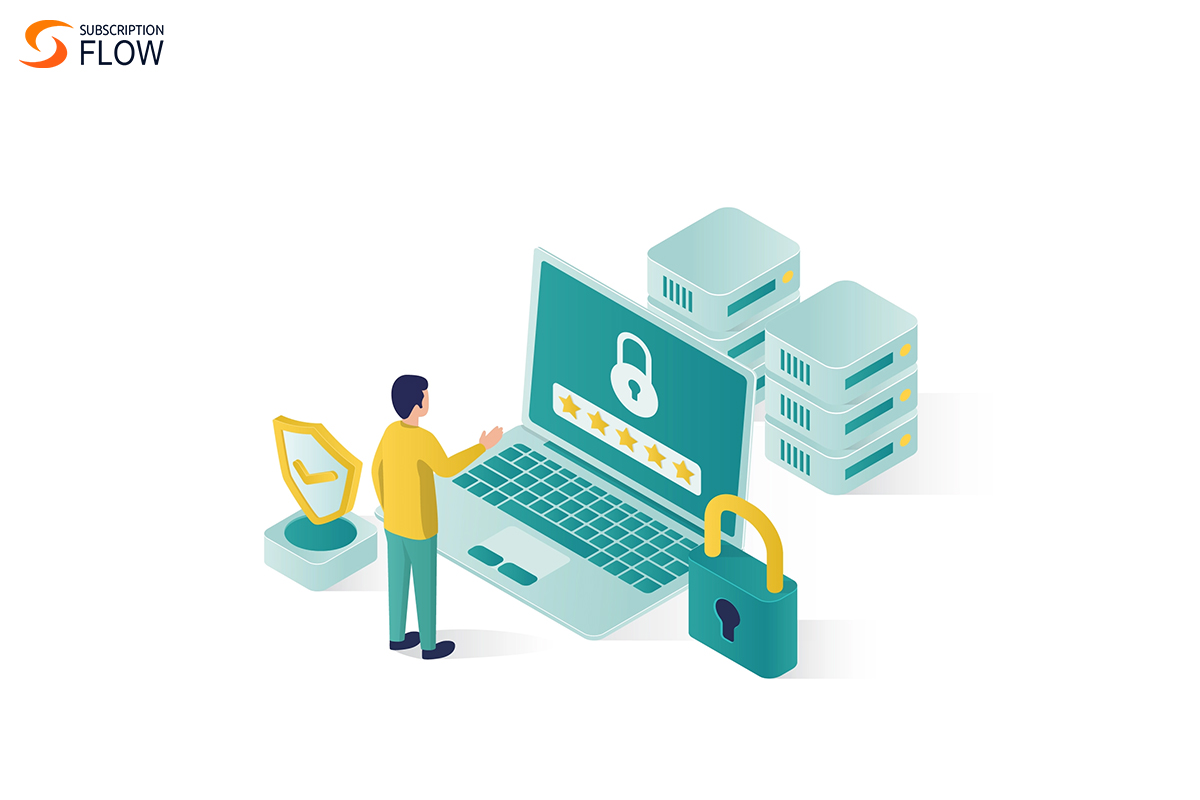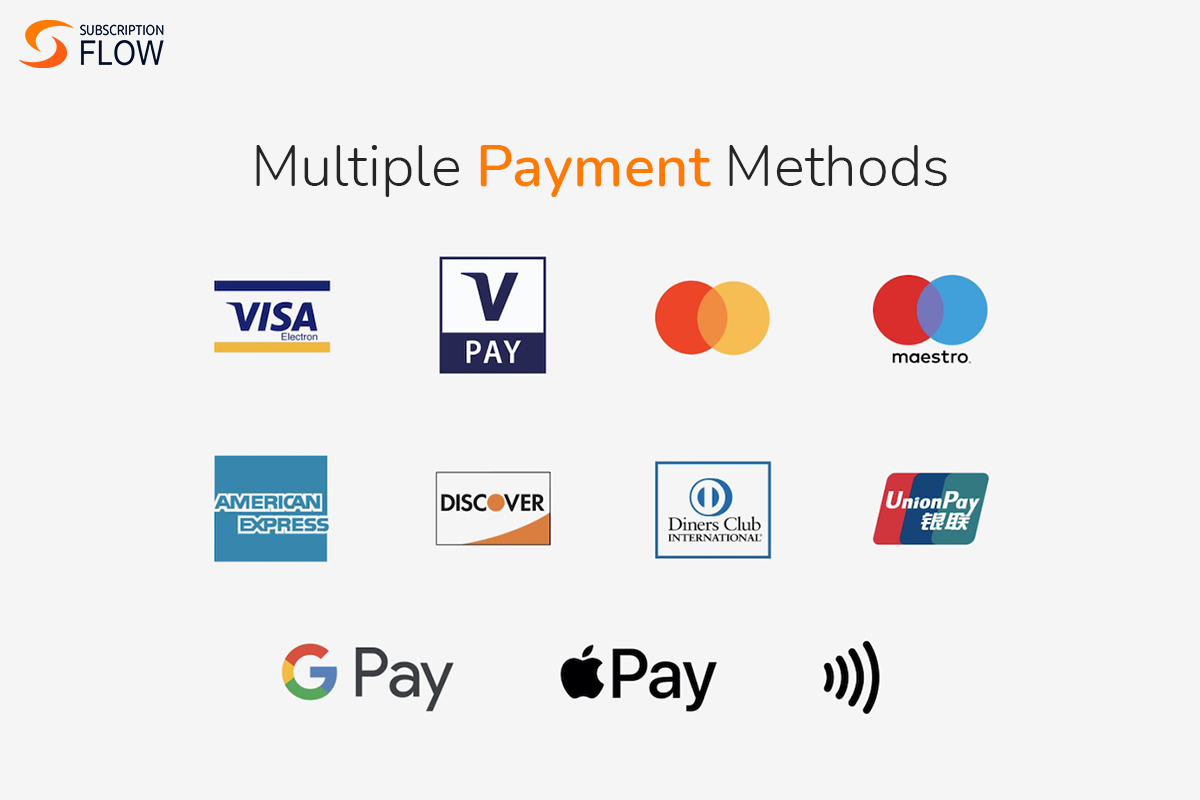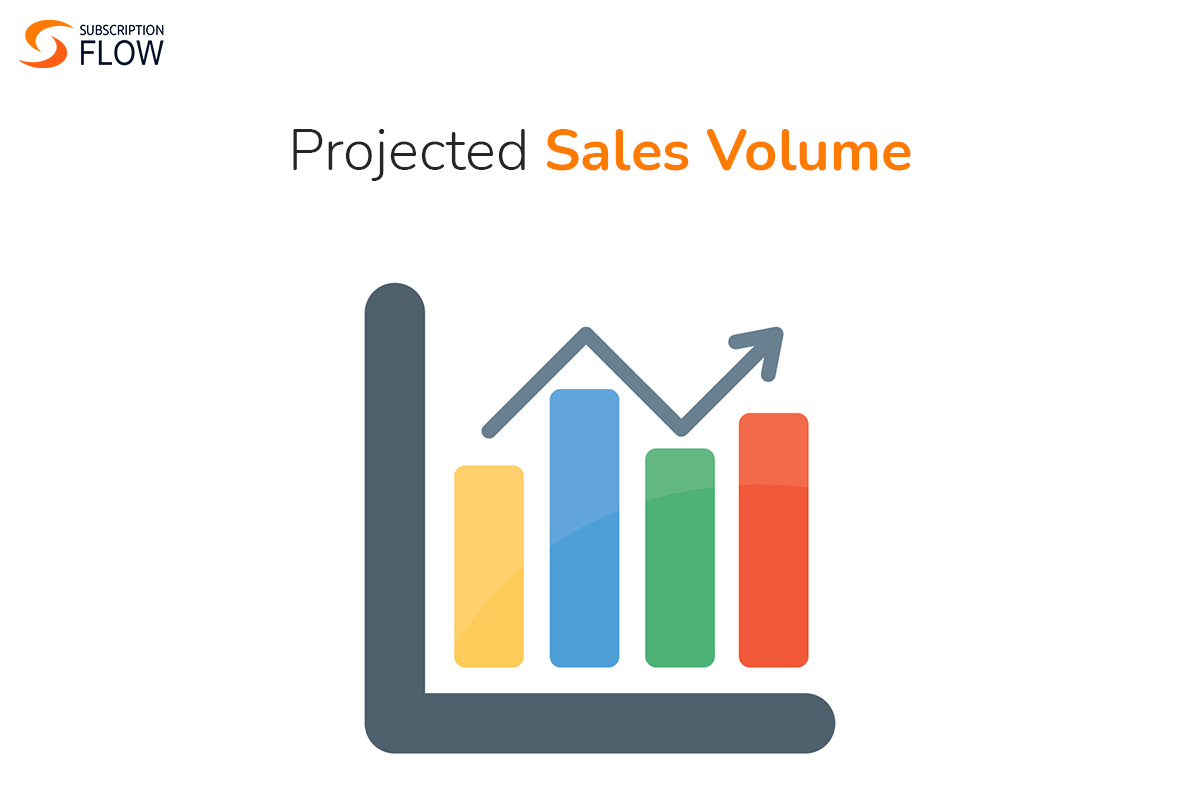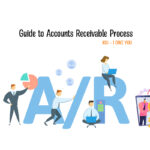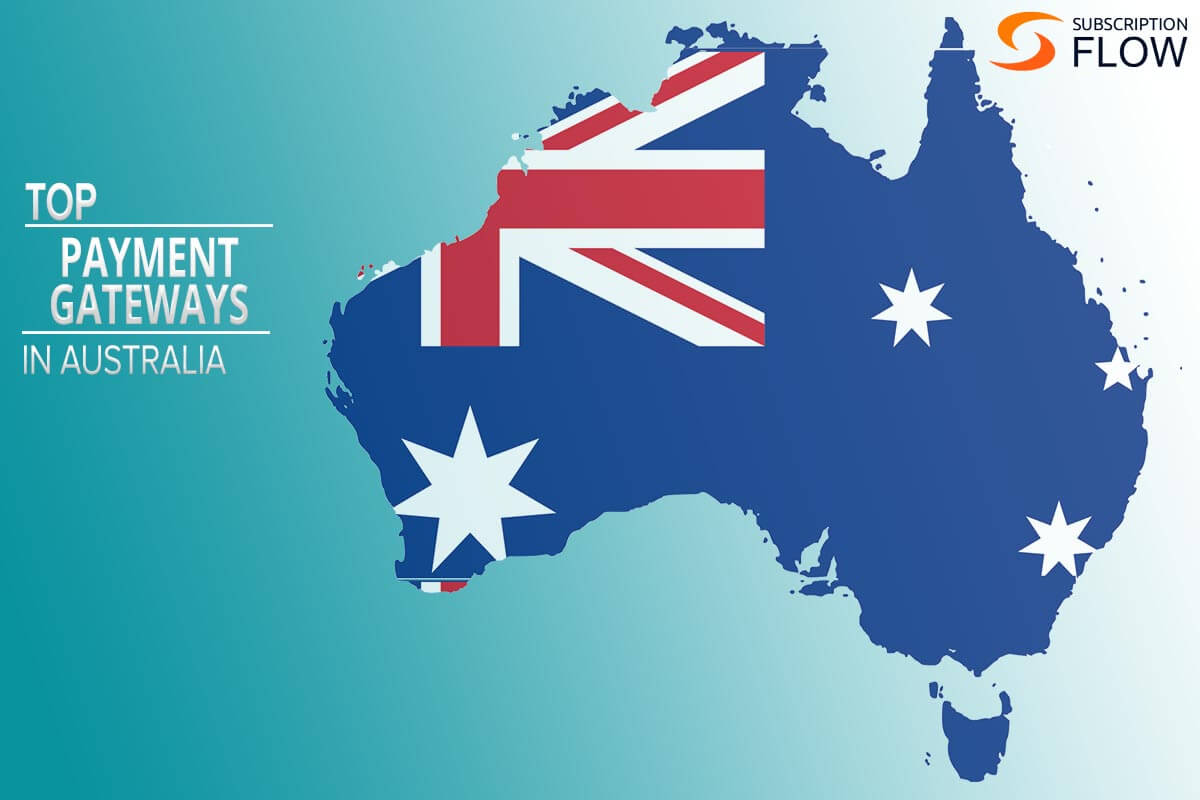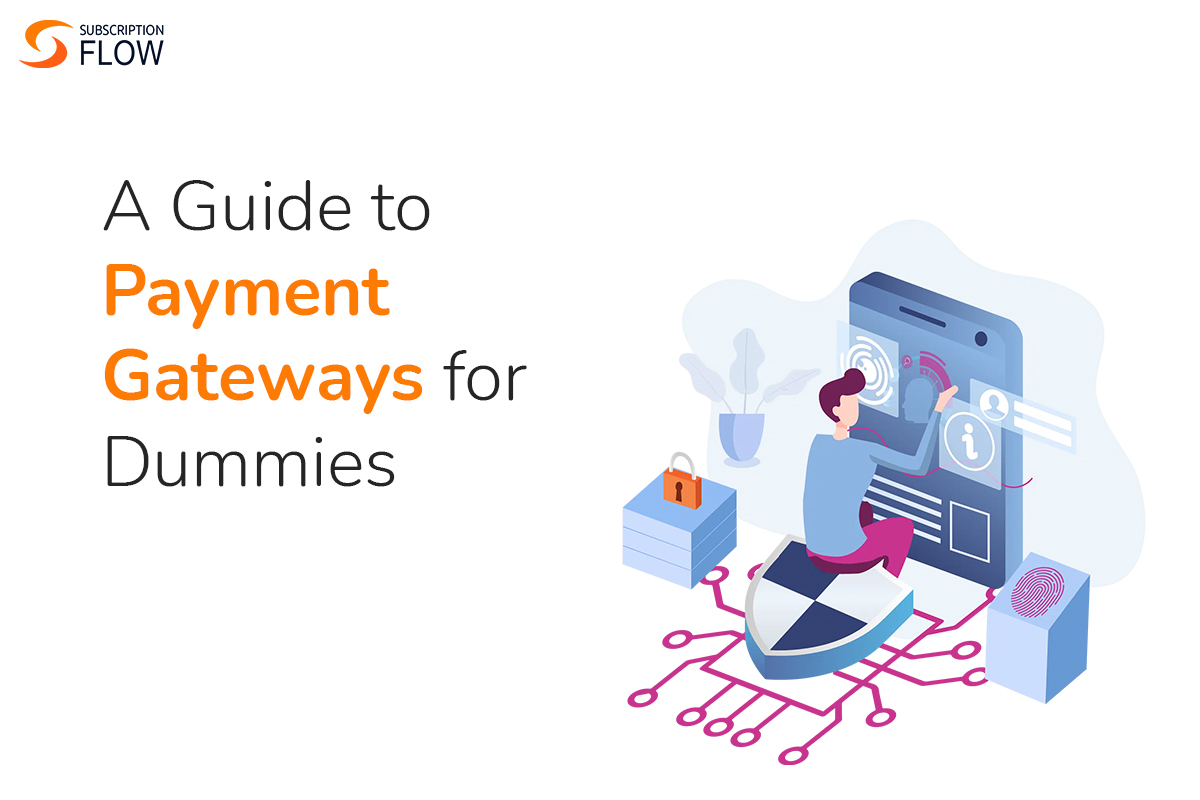
A Guide to Payment Gateways for Dummies
Think of the customer entering payment details on a checkout page and pressing “Buy now”, as a sensitive text they are sending their bank instructing the transfer of funds to the retailer’s bank account in exchange for whatever they are buying.
But just like the real world, the digital world is also full of bandits, and malicious software are there to intercept this text and use the sensitive information it contains to steal money from the customer. If consumers ran this risk every time they made an online transaction, no one would ever shop online!
Luckily, this is not the case and that is thanks to payment gateways for dummies that can process online transactions securely.
The information entered on the retailer’s checkout page is encrypted and sent to a payment gateway. This gateway does not access any funds directly nor does it store this information as is. Instead, it translates the “text” being received into a token system which protects it from easy access by hackers.
Next, this gateway securely escorts the data to a payment processor, connected to the credit or debit card provider and ultimately to an inquiring bank account. Once verified, a sale can be made and the status of the transaction is sent back to the gateway which then updates your customer on the resulting success or error details associated with their purchase.
Why Does Your Business Need a Payment Gateway?
A payment gateway serves as a control in the flow of sensitive information and keeps malicious activity at bay! When your business selects and purchases a plan with a payment gateway provider your active merchant ID reports to duty 24/7 to safely escort payment data without an interception. This is in no way substitutable for a payment processor that has a totally different job and deals with the transfer of funds.
With the right gateway, you can kick back, relax and let revenue roll right into your account at any given time! If yours is a subscription-based business, subscription management software can also automate recurring billing, invoicing and payment processing so the process keeps going without manual input. For such recurring payments, the gateway manages permissions needed to proceed with timed recurrent charges.
Types of Payment Gateways:
There are three major categories of payment gateways:
- Redirect:
The payment gateway takes the customer to a payment processor to complete the transaction.
- Hosted:
This refers to an offsite payment where payment information goes to the payment provider’s servers for processing. Examples of gateways that fall in this category are Stripe and Square POS systems.
- Self-hosted:
This refers to an onsite payment where the entire transaction happens on the merchant’s servers.
How to Choose the Best Payment Gateway
When looking for which payment gateway to use, be sure to consider factors such as security, integration, fees and pricing, payment methods etc. in your decision-making process.
1. Security
In your search for the right payment gateways for dummies, the level of protection offered by the service should be a top priority. Different payment gateways provide different levels of security, but it is important to establish that the gateway is PCI-compliant, meaning that it follows the data security standards of the Payment Card Industry (PCI DSS).
It is also important for the gateway to use the latest encryption technology to protect customers’ credit card data and is recommended to seek out additional features to prevent fraudulent activity. When it comes to security, it costs less to pay in the long run.
2. Multiple Payment Methods
A top payment gateway offers multiple payment options such as credit and debit cards, PayPal, Apple Pay, Amazon Pay, Venmo, e-Checks etc.
It is important to consider your target audience when selecting the right fit. For example, a demographic that is distrusting of credit cards may prefer the availability of paying by invoice. It is important for your business to consider the preferred payment methods of your target audience and cater to the needs of all your clients.
3. Sales Volume
In selecting the right plan for your enterprise, you must have a projected sales volume in mind. Initially, your business may struggle to meet the projected sales but don’t fear as it takes time to build momentum.
Furthermore, rounding up your sales projection when purchasing a payment gateway plan gives you a “safety net” for maxing out your limit without creating transactional difficulties for your consumers.
4. Fee Structure
Typically, the cost associated with a payment gateway includes a subscription fee and a payment processing fee. The former is a monthly fee, and the latter is the fee charged for each transaction. Some platforms opt out of the monthly subscription fee and instead charge a higher processing fee per transaction. Depending on your business strategy, one pricing model may work better for your business than the other.
When it comes to securing transactions for your online business, it is advised to not go for the cheapest plan. After all! You get what you pay for, and the cheapest plans offer limited features and growth opportunities. Having said that, SME businesses do have budget constraints and which means you must strike the right balance in your choice of payment gateways for dummies.
According to a Forbes estimate, you can expect to pay between 25 to 50 USD per month in subscription fees and around 2.9% plus 30 cents per transaction for the payment processing fee.
Other markers to consider include:
- Free trials
- Setup fees
- Hidden fees
- Chargeback fees
- Refund fees
- International transaction fees
5. Integrations and Customization
For seamless operation, you should be able to integrate your payment gateway with the checkout on your website, as well as, any accounting or subscription management software you are subscribed to. This allows you to automate recurring billing and accounting tasks.
Not all gateways provide an API that may also be customizable to brand your product. If this is a priority, you must consider this when selecting your payment gateway.
Clearly, there is a whole lot to consider in finding the right fit for your business needs. On this journey referring to prior customers’ experiences and recommendations is an invaluable resource. Any payment gateways for dummies worth its salt will come highly recommended! Schedule a demo now to learn more!


